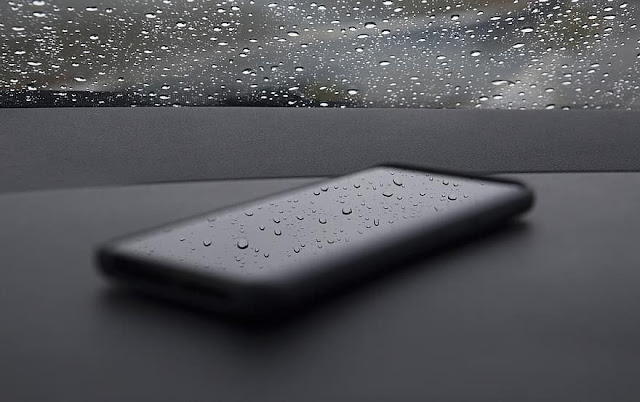Understand the difference between water-resistant, repellent, and proof technology of the phone
Understand the difference between water-resistant, repellent, and proof technology of the phone
While checking the features of the smartphone, everyone gets excited when they see the water-resistant feature. You too can be sure that you have got a waterproof phone.
But remember, if you rush to buy a phone without understanding the technology after seeing the water-resistant feature, your expectations may not be met. Mobile technology also has unequal technologies that sound waterproof.
Water-resistant, water-repellent, and water-proof all sound like the same technology. In this way, many people are mistaken and careless that the phone does not break in the water.
But today we are going to tell you in detail about these technologies and their differences.
Water-resistant
Most phone manufacturers are advertising their phones as water-resistant certified. If your phone is also water-resistant, understand that water cannot get into your phone easily.
Even a small drop of water inside this type of phone does not cause much damage to the phone. But don't make the mistake of testing the phone for water resistance.
Water repellent
Water repellent technology is a level one safe water-resistant technology. In this type of technology, the manufacturer puts a thin film inside and outside the phone.
Which prevents water from entering the phone. The manufacturer has a hydrophobic surface to protect the phone from water. Because of this, the phone is not affected by water.
Waterproof
If your phone is waterproof, this is the best water protection technology. If the smartphone has IP 67, 68 certifications, then such phones are waterproof.
It doesn't matter if you place these phones at a depth of 30 meters in the water. This type of phone can also be used to take underwater pictures.
This is how the IP rating of the phone is done
Any gadget whether it be the phone, watch, TV, or any other content. Can provide protection against solids and liquids while manufacturing companies determine its level through IP ratings.
IP stands for Ingres Protection, meaning the ability to prevent an external object from entering. An IP is always placed in two digits. For example IP 67, IP 58, etc.
Both of these numbers have their own meaning. The first number 6 indicates the safety rating of solid fumes and dust, while the last number 7 indicates the protection against liquids such as oil and water.
Solid resistance numbers range from zero to six, while liquids range from zero to eight. The highest 8 points are the level of safety provided underwater conditions.
If your device is at seven digits, understand that your gadget can stay safe for up to thirty minutes at a depth of one meter in pure water.
Similarly, if it is at eight digits, it can be preserved for thirty minutes at a depth of up to three meters. If your phone has an IP rating of 68 then your phone has the highest security.




Comments
Post a Comment
If you have any doubts. Please let me know.